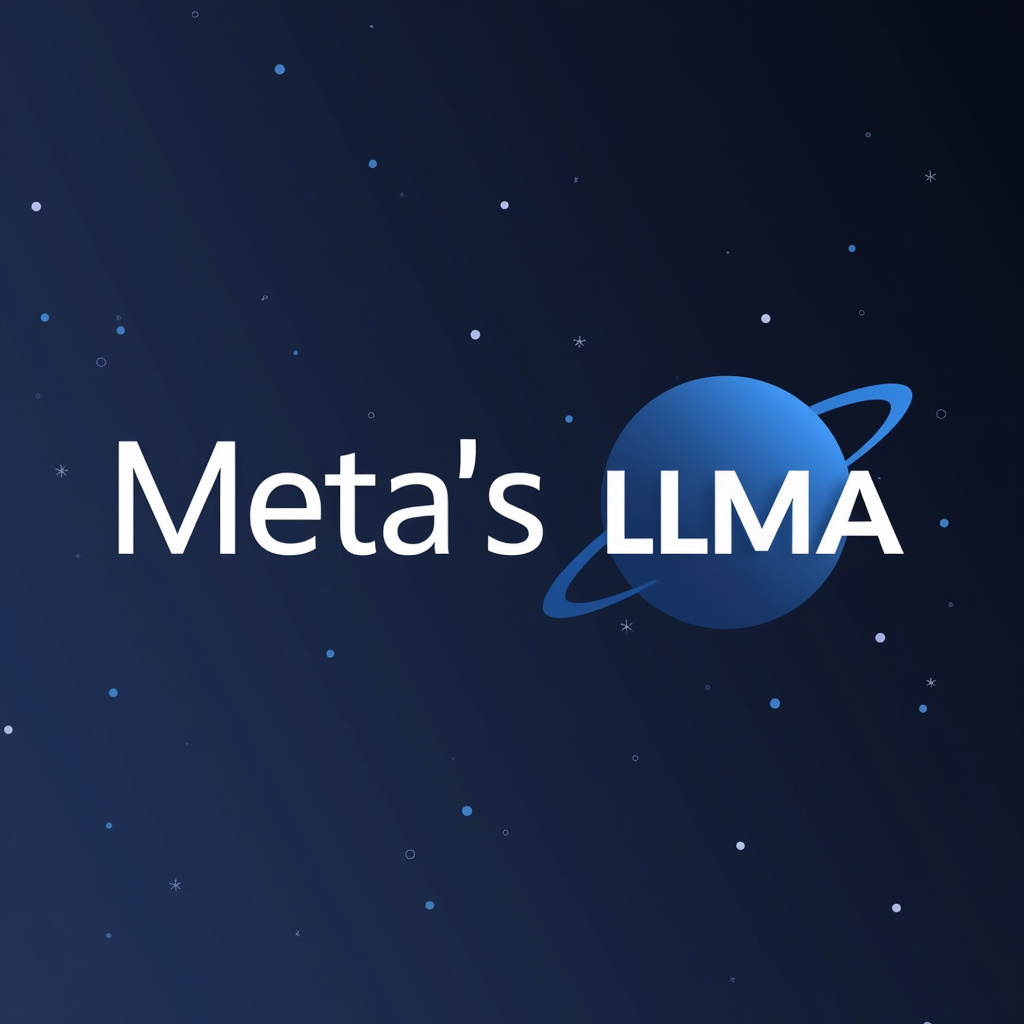Introduction to LLaMA
In the rapidly evolving world of artificial intelligence, new projects emerge almost daily, each vying for attention and innovation. One such project is Meta’s LLaMA, which stands for Large Language Model Meta AI. This open-source initiative is designed to compete with some of the biggest names in the AI industry, and it has been making waves since its inception. In this article, we will delve into what LLaMA is, its significance, and how it aims to level the playing field against established giants like OpenAI and Google.
What is LLaMA?
LLaMA is a cutting-edge language model developed by Meta, designed to understand and generate human-like text. Unlike traditional models that are often locked behind proprietary systems, LLaMA is open-source, allowing researchers, developers, and enthusiasts to access and modify its code freely. This open approach is pivotal in promoting collaboration and innovation within the AI community.
Why Open Source Matters
The decision to make LLaMA an open-source project carries significant weight. Here are a few reasons why this matters:
- Accessibility: By being open-source, LLaMA allows anyone with the technical know-how to experiment with the model, fostering a broader range of applications and improvements.
- Collaboration: Open-source projects encourage collaboration among researchers and developers, leading to faster advancements and more robust solutions.
- Transparency: Open-source code promotes transparency, allowing users to understand how the model works and ensuring ethical use in various applications.
Competing with the Giants
With tech giants like OpenAI, Google, and Microsoft dominating the AI landscape, LLaMA faces stiff competition. However, it has several unique advantages:
- Community-Driven Development: LLaMA benefits from contributions from a diverse community, enabling rapid iterations and enhancements.
- Customizability: Developers can tailor LLaMA to fit specific needs, whether it’s for chatbots, content creation, or data analysis.
- Cost-Effectiveness: Being open-source reduces the financial barriers typically associated with accessing advanced AI technologies.
Applications of LLaMA
The potential applications of LLaMA are vast and varied. Here are some notable areas where this model can make a significant impact:
- Content Creation: LLaMA can assist writers by generating ideas, drafting articles, or even creating poetry, enhancing creativity.
- Customer Service: Businesses can utilize LLaMA to develop intelligent chatbots that provide 24/7 support, improving customer satisfaction.
- Education: LLaMA can be employed to create personalized learning experiences, helping students with tailored resources and responses.
Challenges Ahead
While LLaMA holds immense promise, it also faces challenges. Ensuring the ethical use of AI, addressing biases within the model, and maintaining a secure environment for users are all critical issues that developers must tackle. Additionally, competing with the resources and infrastructure of established tech giants will require continuous innovation and community support.
Conclusion: The Future of LLaMA
Meta’s LLaMA represents a significant step forward in the world of open-source AI. By providing access to advanced language modeling capabilities, it democratizes technology that was once available only to a select few. As LLaMA continues to evolve, it has the potential to reshape how we interact with artificial intelligence, fostering a more inclusive and innovative environment. For anyone interested in AI, keeping an eye on LLaMA is a must—it might just be the project that changes the game.




